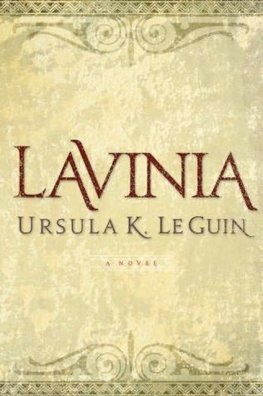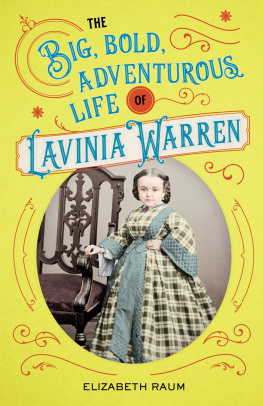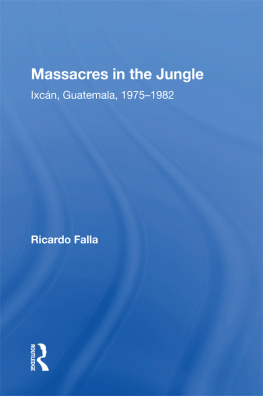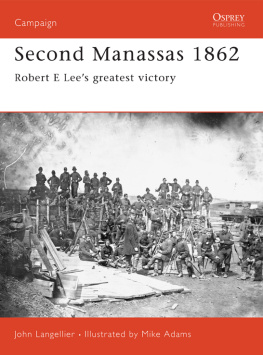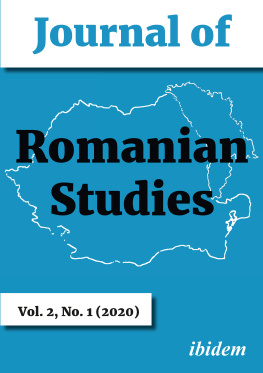This edition is published by BORODINO BOOKS www.pp-publishing.com
To join our mailing list for new titles or for issues with our books borodinobooks@gmail.com
Or on Facebook
Text originally published in 1962 under the same title.
Borodino Books 2017, all rights reserved. No part of this publication may be reproduced, stored in a retrieval system or transmitted by any means, electrical, mechanical or otherwise without the written permission of the copyright holder.
Publishers Note
Although in most cases we have retained the Authors original spelling and grammar to authentically reproduce the work of the Author and the original intent of such material, some additional notes and clarifications have been added for the modern readers benefit.
We have also made every effort to include all maps and illustrations of the original edition the limitations of formatting do not allow of including larger maps, we will upload as many of these maps as possible.
A PERSONAL NARRATIVE OF INDIAN MASSACRES, 1862
BY
MRS. L. EASTLICK
NARRATIVE
I was born in the year 1833, in Broome County, New York. When I was about one year old, my father, Mr. Giles Day, moved from that State to Trumbull County, Ohio. Here I remained with my parents, till I reached the age of fifteen, when I went with my brothers family to Seneca County, where I became acquainted with John Eastlick. In the year 1850 we were married, and we remained there until 1854, when we removed to Indiana. My husband was a poor man, and seeing a little family growing up around him, he began to feel keenly the need of a home. Thinking he could obtain a homestead cheaper by going further west, we removed to Illinois in the spring of 1856. But here it was entirely out of our power to purchase, as the price of land was still higher than in the place we had left. My husband now began to talk of going to Minnesota. In the year 1857, our wagon was loaded once more, and we emigrated to Minnesota, accompanied by one of our neighbors, named Thomas Ireland.
It was our intention to go to Bear Valley, but, on account of cold, wet weather setting in, we were obliged to stop in Olmsted County. Here we staid until 1861, when my husband thought he could better his condition by going to Murray County,a distance of two hundred miles. I felt a little fear of going there, knowing that there were a great many Indians in that and the adjoining counties; still, I was willing to accompany my husband wherever he thought he could best provide for his family. We started on our journey in the fall, taking nothing with us but our clothing, bedding, cattle, etc. Mr. Ireland again moved in company with us; his family consisted of his wife and four children. My husband chose to settle by a small lake, called Lake Shetek, where we arrived on the 5 th of November. We found that there was already a small settlement here; but, after our arrival there were only eleven settlers in all. The lake was about five miles long, with a belt of timber running along the east side of it, where all the settlers had located themselves.
My husband chose a beautiful spot for our home, situated about midway between the two ends of the lake. In the spring of 1862, he built a house and put in crops, and we began to feel quite happy and contented in our new home. I no longer felt any fear of the Indians; quite a number of them had lived by the lake all winter, and had been accustomed to come to our home almost every day. Whenever any of them came, they invariably begged for something to eat, which was never refused them. We never turned them away, as did many of our neighbors, and in return they appeared to be very friendly, and played with our children and taught them to speak the Indian language a little. In the spring, they left the lake, and we saw no more of them for two or three months.
About the last of July, Mr. Eastlick left home to work during harvest. He returned on the 17 th of August, and said he had met sixteen Indians, naked, and painted red, who seemed very friendly, and talked some time with him. He seemed very much oppressed at heart, after his return, as if some secret anxiety weighed heavily on his mind. I have since thought that he must have seen or heard something that convinced him there was great danger ahead. I heard him say often to Mr. Rhodes, who had come home with him, that it would be a good plan to build a fort. But when I asked him if there was danger to be apprehended from the Indians, he answered evasively, to relieve my anxieties, though his own were so great, by saying he thought there was no danger, but that it would do no harm to build a fort.
On Monday following, I went to the lower end of the lake to carry some butter to Mrs. Everett, when, on my return home, I met six Indians with their squaws and teepes or lodges. One of the Indians was Pawn, with whom I was acquainted. I bowed, without speaking, as I passed him, but he wished me to stop; more, I think for the sake of seeing the pony I was driving than myself. He came up, shook hands with me and greeted me by saying ho! ho! ho! meaning how do you do? He talked with me for some time, and said he was going to build his teepe at Wrights, and wait for some more Indians that were coming to go on a buffalo hunt in the course of a few days.
On the morning of August 20 th , I arose and prepared breakfast as usual for my family, which consisted of my husband, myself, Mr. Rhodes, who boarded with us, and our five children. The children were all boys; the oldest was aged eleven years, and the youngest, fifteen months. My husband and Mr. Rhodes had just sat down to the breakfast table, when my oldest boy, Merton, came to the door, saying, Charley Hatch is coming, as fast as he can run! Hatch was a young man who lived with his brother-in-law, Mr. Everett, and, thinking that perhaps someone was sick, or hurt, I ran to the door. As soon as he came near enough to me, I saw that he was very pale and quite out of breath. Charley, what is the Matter? I asked. He shoutedThe Indians are upon us! It cannot be possible, said I. It is so, said Charley, they have already shot Vought! He then went on to relate all he knew about it; but first let me relate the manner in which the Indians commenced their attack upon our settlement, as we afterwards found out the facts. They entered our neighborhood at the head of the lake, and began operations upon the farm owned by Mr. Meyers. They tore down a fence and rode into his corn, breaking it down and destroying it. As Mrs. Meyers happened to be sick at the time, Mr. Meyers had risen quite early to wait upon her, when he discovered what the Indians were doing. He called to them and told them if they did not leave he would whip them, and asked if he had not always used them well. They owned that he had. He then told them there was plenty of room for them outside of his field. One Indian outside the fence shouted to the rest in his own tongue, saying that Meyers was a good man. He then rode away as fast as possible, and all the rest followed him.







